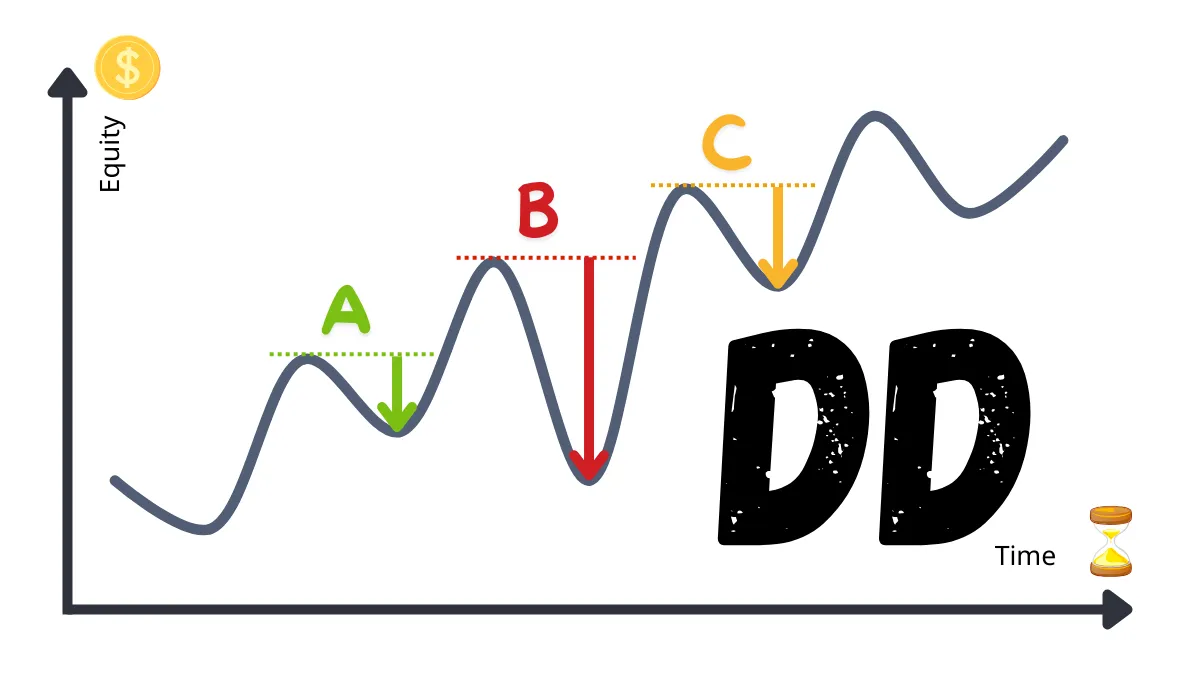Tokyo trading session is one of the first major trading sessions in the global foreign exchange market
marking the opening of the Asian market.The Tokyo trading session, also known as the Asian trading session, brings stable trading volume to the foreign exchange market, especially for currency pairs related to Asian currencies and Commodities. Understanding the characteristics of the Tokyo trading session, Major currency pairs, and the best trading strategies can help you make informed trading decisions during this time.
1. Opening hours of the Tokyo trading session
The specific time for the Tokyo trading session is:- Opening time: 00: 00 GMT
- Closing time: 09: 00 GMT
Although named the "Tokyo session," this time actually covers the entire Asian market, with other major financial centers such as Hong Kong, Singapore, and Sydney also opening during this time.
2. Characteristics of the Tokyo trading session
The Tokyo trading session has its unique market characteristics that can affect your trading approach:- Lower volatility: Compared to the London or New York trading sessions, the market volatility during the Tokyo trading session is lower. This is because the European and American markets have not yet opened, resulting in relatively low trading volume. Nevertheless, this may be an advantage for traders who prefer low-volatility markets.
- JPY-related currency pairs: Due to Tokyo's dominance in the market, JPY-related currency pairs are active during this time. Typical trading pairs include USD/JPY, EUR/JPY, and AUD/JPY.
- Overlap with the Sydney market: The Tokyo session overlaps with the early part of the Sydney market for several hours, making the volatility of the Australian Dollar (AUD) and New Zealand Dollar (NZD) relatively active during this time.
- Slower market reaction: Due to the relatively low trading volume during the Tokyo session, the market's reaction to global economic data or news events may be slower, providing a relatively stable trading environment.
3. Major currency pairs
During the Tokyo trading session, certain currency pairs see more frequent trading activity. Understanding the characteristics of these currency pairs can help you trade more effectively during this time:- USD/JPY: This is one of the most traded currency pairs during the Tokyo trading session. The volatility of the Yen is influenced by Japanese economic data, Bank of Japan policies, and sentiment in the Asian market. As Tokyo is the core market for Yen trading, this currency pair has high liquidity during this session.
- AUD/JPY: Due to the overlap between the Tokyo and Sydney sessions, AUD/JPY is active during this time. This currency pair is closely related to Commodities prices, so fluctuations in Commodities prices will also affect its trend.
- EUR/JPY: As another active Yen pair, EUR/JPY also has good trading volume during the Tokyo trading session. This currency pair is influenced by both sentiment in the Asian market and the economic situation in Europe.
- AUD/USD: The trading volume of the Australian Dollar against the US Dollar is relatively high during the Tokyo trading session, especially when Australian economic data is released or Commodities prices fluctuate, increasing the volatility of this currency pair.
4. Best strategies for the Tokyo trading session
Based on the characteristics of the Tokyo trading session, here are several trading strategies suitable for use during this time:- Range trading: Due to the lower volatility of the Tokyo session, market prices often fluctuate within a narrower range. Range trading strategies are suitable for this time, allowing traders to buy and sell based on support and resistance levels to profit.
- Focus on the Asian market: The Tokyo trading session typically reflects the economic conditions of Asia, so economic data or news events that significantly impact the Asian market may trigger short-term volatility. Closely monitoring economic data from Japan, Australia, and China, such as Japan's GDP, inflation rate, or Australia's trade data, can help you seize trading opportunities.
- Breakout strategy for JPY-related currency pairs: Although the volatility during the Tokyo session is low, there are occasional breakout trends in the market, especially among JPY-related currency pairs. After a period of consolidation, prices may suddenly break out following the release of specific economic data or significant news events.
5. Advantages and challenges of the Tokyo trading session
Advantages:- The low-volatility market provides a relatively stable trading environment, suitable for novice traders and those who prefer low-risk strategies.
- The activity of JPY-related currency pairs offers diverse trading opportunities, especially when market sentiment is clear.
- The overlap with the Sydney market allows you to focus on both the Asian and Australian markets simultaneously.
- Relatively low volatility means smaller price movements, which may not be suitable for short-term traders seeking significant fluctuations.
- Trading during the Tokyo session may result in slower market reactions, potentially delaying the execution of some trading strategies.
Conclusion
The Tokyo trading session is an important component of the foreign exchange market, especially for traders focused on JPY and Commodities currency pairs. Although this session has lower volatility, the stable market environment is suitable for range trading and strategies based on support and resistance levels. Additionally, JPY-related currency pairs are active during this time, providing traders with abundant opportunities. By fully understanding the characteristics of the Tokyo trading session, you can more effectively seize market opportunities and develop successful trading strategies.Hi, We are the Mr.Forex Research Team
Trading requires not just the right mindset, but also useful tools and insights.Here, we focus on Global Broker Reviews, Trading System Setup (MT4 / MT5, EA, VPS), and Forex Trading Basics.
We personally teach you to master the "Operating Manual" of financial markets, building a professional trading environment from scratch.
If you want to move from theory to practice:
- Help share this article to let more traders see the truth.
- Read more articles on Broker Tests and Forex Education.





